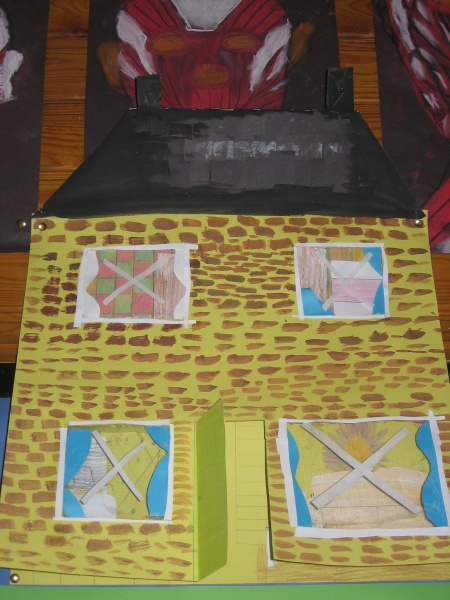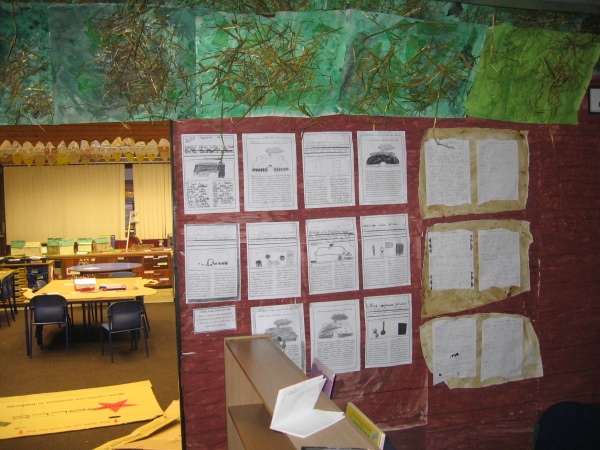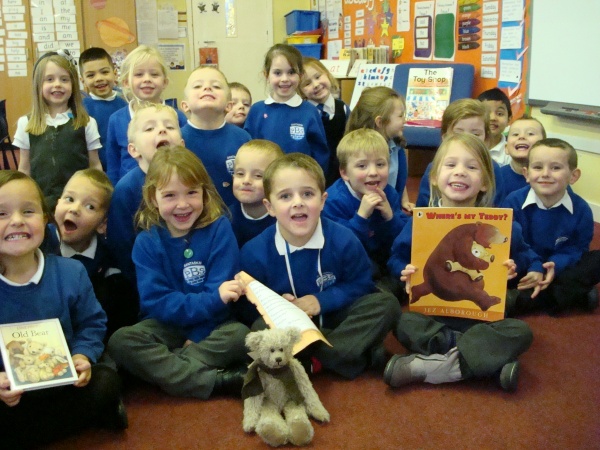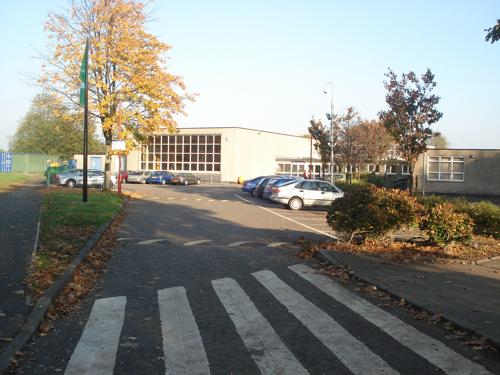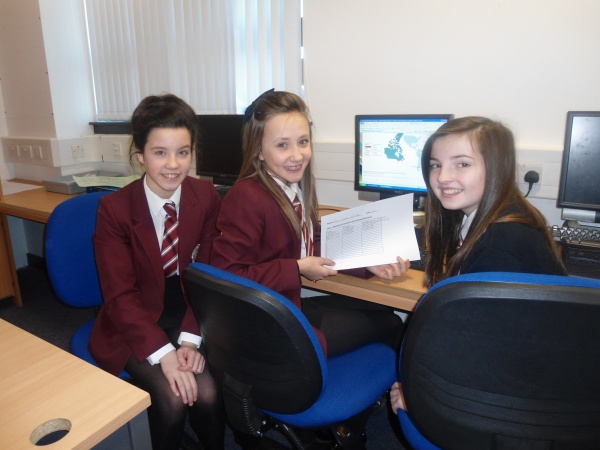 Martin Opgaard and Stuart Pearson, maths teachers at Falkirk HS are developing maths and numeracy across learning in various ways with colleagues in their school.
Martin Opgaard and Stuart Pearson, maths teachers at Falkirk HS are developing maths and numeracy across learning in various ways with colleagues in their school.
Most recently, teachers throughout the school used the Commonwealth Games as a rich context for their pupils to develop and apply skills, knowledge and understanding across the curriculum (type 2 interdisciplinary learning). Pupils in S1 and S2 took part in these linked learning experiences and gave very positive evaluations. For maths, these opportunities consolidated pupil skills in rounding numbers and graph work. They also calculated how foreign exchange rates might impact on visitors coming to the games. Click here to see a maths lesson presentation.
The project ended with a sharing of learning and celebration of pupil achievement at a “market-place” event in the school hall. The team of teachers delivering this project are now building pupils’ ideas and thoughts into their planning of a bi-annual version which will continue to happen during Commonwealth Games, and Olympic Games years.
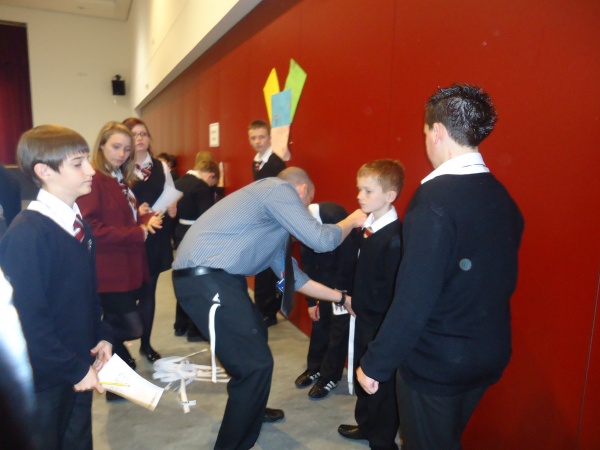 Previously, FHS S1 pupils have enjoyed connecting their learning between maths, art and design and business education. Claire Jack, maths teacher developed an educational partnership with a local kilt hire business. The owner of this business worked with school staff to plan a tartan competition (click to view). This may be developed into a school tartan and a range of suitable products.
Previously, FHS S1 pupils have enjoyed connecting their learning between maths, art and design and business education. Claire Jack, maths teacher developed an educational partnership with a local kilt hire business. The owner of this business worked with school staff to plan a tartan competition (click to view). This may be developed into a school tartan and a range of suitable products.
The photos show S 1 pupils learning how to measure properly for full Highland dress. 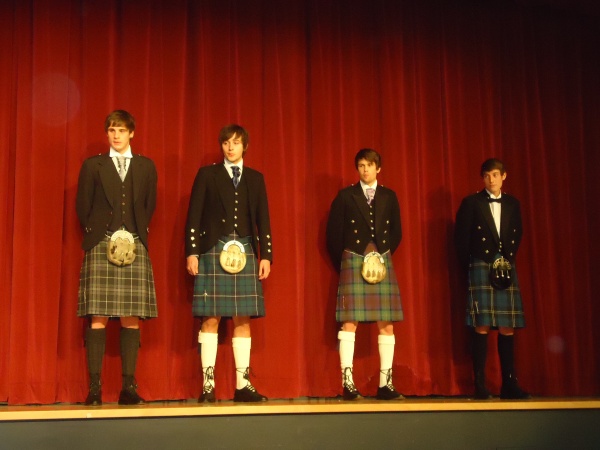 Pupils enjoyed learning through this real-life context and developed their ability to interpret a range of number texts. In addition, they broadened their team working skills and explored their creativity within the constraints of a plaid pattern.
Pupils enjoyed learning through this real-life context and developed their ability to interpret a range of number texts. In addition, they broadened their team working skills and explored their creativity within the constraints of a plaid pattern.
In the past, FHS teachers have also used the school’s annual Litter Pick as a context for pupils to consolidate and apply numeracy, literacy and computing skills. Click here to view a lesson presentation created by Maths staff for this IDL context.
Martin, and Stuart are now exploring topical science contexts and NASA resources (click here)with a view to creating some new and creative interdisciplinary learning for their pupils.

